Contemporary Interpretation of Artisanship "Unseen: The Making of Traditional Chinese Furniture"

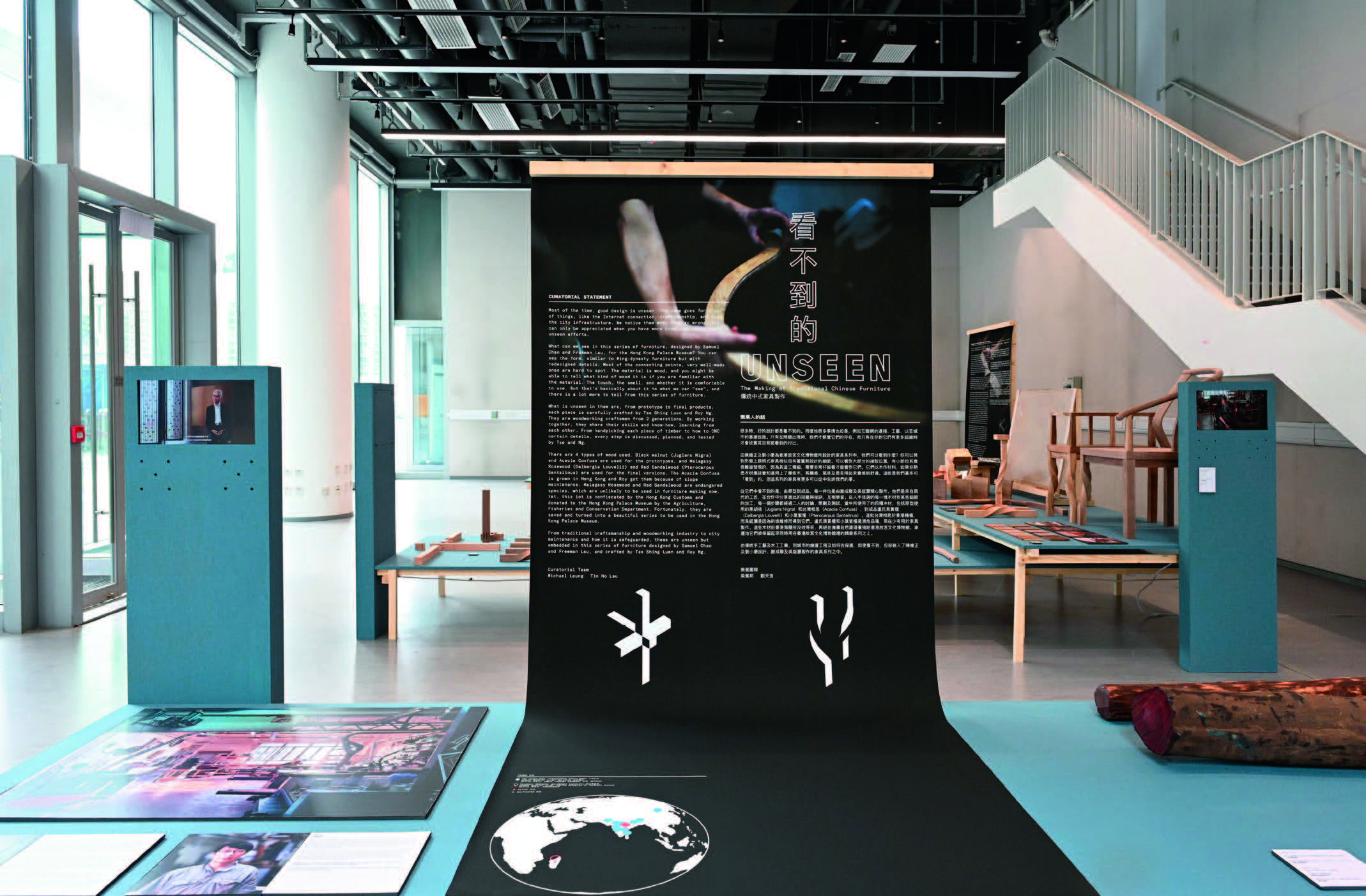
|
Traditional rosewood furniture pieces are treasured as heirloom items for their exquisite craftsmanship. How does it work with contemporary design? This is the inspiring story told in the May exhibition Unseen: The Making of Traditional Chinese Furniture jointly organised by the HKDI Gallery and Hong Kong Palace Museum (HKPM). "Unseen" featured designer furniture pieces tailored for the Scholars Commons at HKPM. Memory is a set of display cabinets designed by Samuel Chan, while The Intertwined Chair is imagined by Freeman Lau. Both designs were handcrafted by Tse Shing-luen and Roy Ng, two master carpenters from two different generations. Various components and a video that explores the design and creation process were also shown at the exhibition to help visitors visualise the unique assembly methods.
|
Others
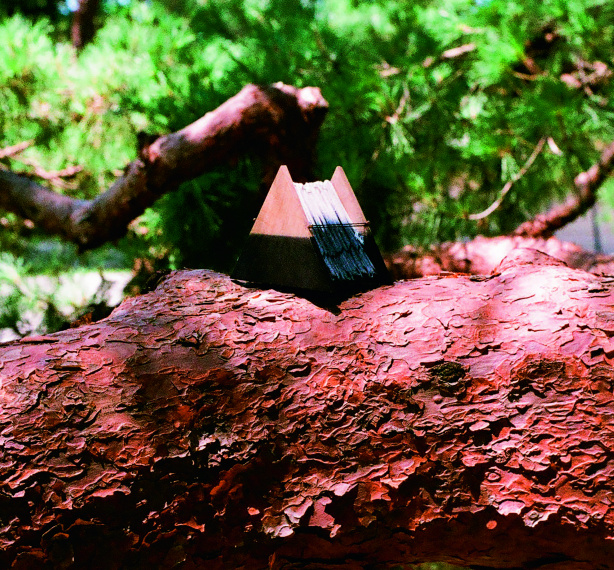
Latest News | 6 January 2023
CULTURAL INNOVATION
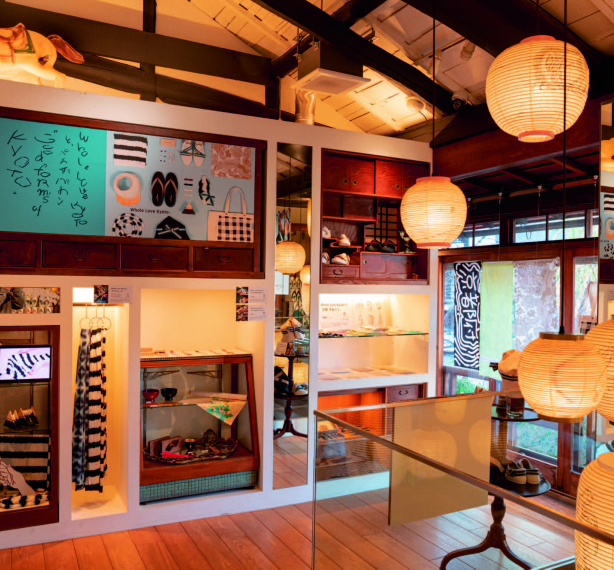
Latest News | 6 January 2023
Timeless Style Requires Sustainable Businesses
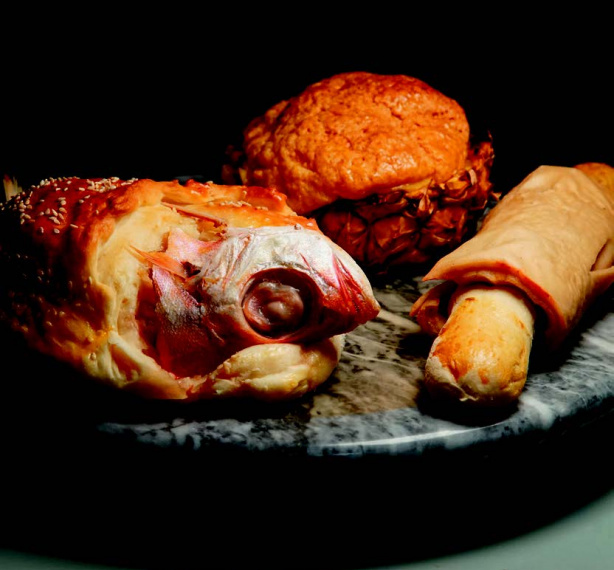
Latest News | 6 January 2023
Food And Its Depth Beyond Flavour: Interview with Deep Food founders Cindy Chan and Heinrik Ng
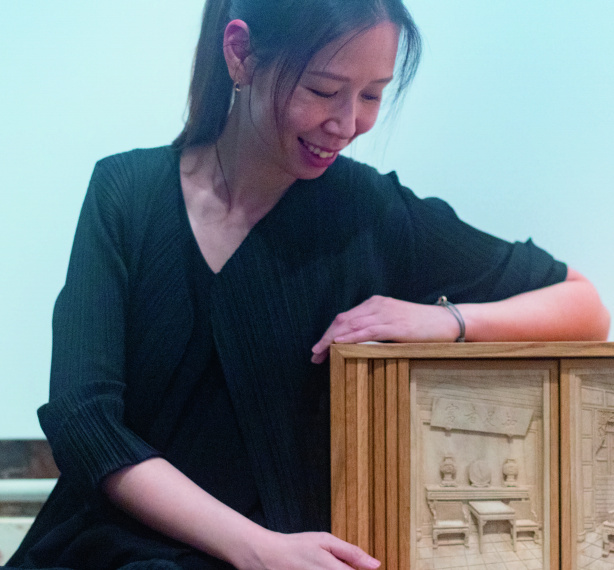
Latest News | 6 January 2023
A Matchmaker For Old Crafts And Modern Living: Interview with Crafts on Peel Creative Director Penelope Luk

Latest News | 6 January 2023
Indigenous Australia: A Virtual Reality Time Machine To Build Cultural Understanding

Latest News | 6 January 2023
Heritage and Innovation - Emerging Design Talents 2022: Culture Future

Latest News | 6 January 2023
A Prelude to the "Future Skills Community Event": An interview with industry expert Leon Yoong
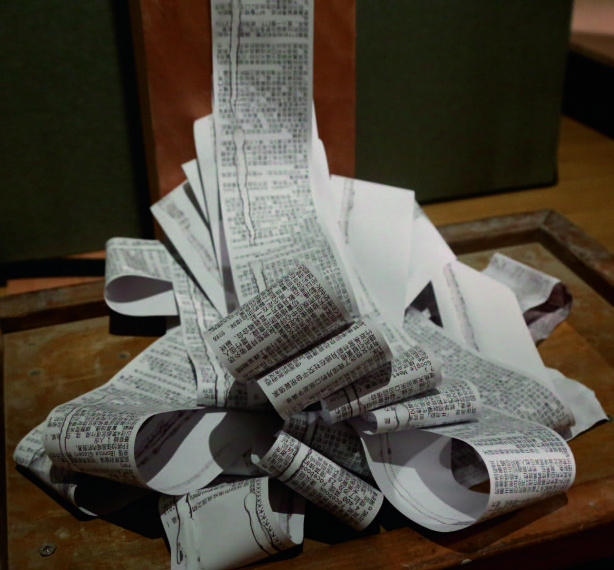
Latest News | 6 January 2023
The Creative Diversity of Hong Kong Typography: Interview with Benny Au, Spencer Wong and Katol Lo - key persons of the "See Words__"exhibition
